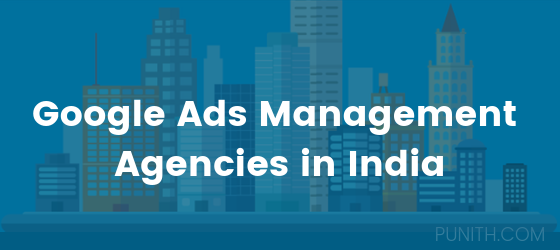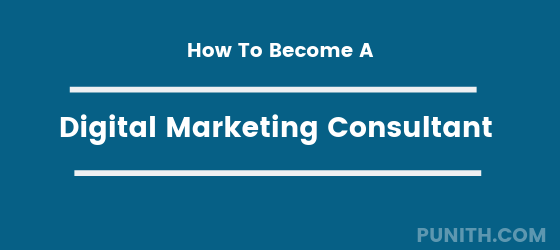If you’ve surfed the internet for any length of time, you’ve come across more than one web banner advertising a company, product, or service. They’re unavoidable. But what are they really, and how can you make them work for you? For that matter, does free banner advertising really work?
What is a Banner Ad?
Technically, an advertising banner is just a text link married to a graphic. Just like a text link, clicking an advertising banner online will redirect you to another webpage – either the homepage for a company, or page related directly to the product or service mentioned in the ad. Unlike a text link, the primary communication medium of an advertising banner is not just text; there’s a graphical element as well. In this way, web banner advertising is similar to a print advertising, because it appeals to visual people as well as verbal ones. However, a web banner isn’t always a static image; some have multiple images, animation, or complete changes of appearance.
Formats and Sizes
Banner ads come eight standard shapes and sizes, all of which are measured in pixels, which are the smallest units of color used to make computer or television screen images. The sizes are specified by the Internet Advertising Bureau, or IAB, and are as follows:
- 468×60 – full banner
- 392×72 – full banner with vertical navigation bar
- 234×60 – half banner
- 120×240 – vertical banner
- 125×125 – square button
- 120×90 – button 1
- 120×60 – button 2
- 88×31 – micro button
It should be noted, however, that while these are the standard, and most common sizes, of which the first one is the most prevalent, some advertisers use non-standard sizes.
In addition, to pixel size, memory size of a banner ad is often constrained. While some boast larger files, the vast majority of advertising banners online are 12-16K. This restriction is because the size of the banner is added to the size of the entire page, and large images take longer to load.
In addition to different sizes of advertising banners, there are also different file formats. The most basic banner ads are static-image gif or jpeg files, but those generally appear only on the simplest sites. Animated gif files are more common – these include scrolling text or rotating pictures more often than not. More recently, rich media banners have come into use. They incorporate audio and video, or Java and Shockwave, and are usually more interactive than a simple linked ad, and of necessity, their file sizes are larger.
There are many sites to help you make your banner, though coming up with the content (also called “creative”) is up to you. Free banner creation sites include atomicarts.com and graphicsfactory.com.
Measuring the Cost
Unlike text link ads, web banner advertising is not priced as a flat monthly fee. Instead, there are different fee agreements that you make with the ad network or advertising company. While it is possible to simply trade free banner advertising in much the same way you might trade links, most businesses buy into either a CPM or CPA based program.
• CPM is the most expensive, and the most risk for you, the business owner. The abbreviation stands for “Cost Per Thousand Impressions” (in Roman numerals M represents 1,000), and this means that you will pay for a specific number of impressions, or page views.
Impressions represent the number of times a particular Web page has been requested from the server, and they’re important to advertisers because they track the number of visitors who could have seen the advertising banner online. .
• CPA (sometimes called CPS) is “Cost Per Action” and it’s less risky for you because instead of paying every time someone merely looks at your web site banner advertising, you are only charged when someone clicks the ad, and then completes a specific action – generally filling out an information form, or actually engaging in a business transaction.
Advertising with Banners
Once your advertising banner has been created, and you understand the pricing methods used in the industry, there are three main ways you can use web banner advertising.
• Banner Exchanges are your best source for free banner advertising. Basically you find websites for businesses that are related to yours, and offer to trade banners – you’ll host an ad for their company on your website, and they will do the same for yours. This is the original form of banner advertising, but it isn’t always the most effective, as exposure can be extremely limited, so it might be wiser to join a banner exchange network. The fees for these are usually minimal, but be aware that you may not be able to control the content of the banners you host under such programs.
• Buy space on a website, or in an ezine or newsletter. Again, this requires you to identify relevant sites, and contact them, but it’s roughly analogous to placing a print ad in a newspaper or magazine. It’s more expensive than a banner exchange, but less so than a formal ad network, and unlike an exchange, you won’t be required to host someone else’s advertising banner on your website.
• Banner Ad Networks such as doubleclick.net or bannerspace.com are advertising companies that use the CPM and CPA models. This can be pricey, but it’s the most effective way to turn web banner advertising into actual customers. Some banner ad networks require sites to have demonstrably high traffic already, however, before agreeing to a CPM campaign. This is something you need to ask about.
As you can see, banner advertising is an easy and effective way to market your product or service online. Whether you use free banner advertising, or contract with an online marketing firm, a little creativity and a reasonable budget can help make web banner advertising effective for your business.



![All You Need To Know About AMP [Accelerated Mobile Pages]](https://www.punith.com/wp-content/uploads/2018/08/amp.jpg)
0 Comments